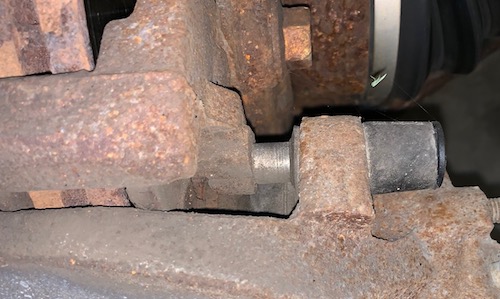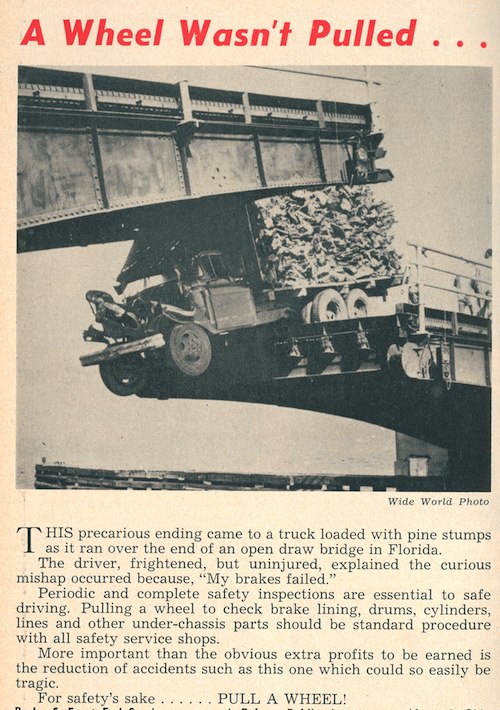I recently witnessed a rookie technician crouch down look through the spokes of an alloy wheel and pronounce the brakes as safe and the pads still had a lot of life left in them. I quickly told him to put the car on a lift and pull a wheel. He said the pads were fine, but he begrudgingly put the car up in the air.
I knew something was wrong with the brakes, the left front tire sidewall had a rusty tint. And the customer was complaining of brake noise and a low brake pedal.

With the wheel removed, the young technician saw he made a mistake. The car had a floating single-piston caliper. The outer pad did have more than 6mm of material, but the inner pad was worn down the backing plate with just a little bit of friction material on the trailing edge. It soon hit him that he could have sent the driver back out on the roads with unsafe brakes all because he did not want to take the time to pull a wheel.

The uneven brake pad wear was due to a seized caliper guide pin. The caliper could no longer center itself over the rotor and evenly distribute the clamping force to both brake pads. The inboard brake pad does all of the work and wears out very quickly. In some cases, corrosion attacks the inboard brake pad because of the diminished airflow.
In my career working on brakes, I have come to learn that you should always pull a wheel to look at the condition of the brake pads. I know there are cameras and measuring tools that fit between the rotor and the backing plate. But, none of these tools are able to measure the condition of the brake pads better than two eyeballs.
I know what you are thinking, “But what about calipers that have inspection holes? Yes, you can see the inboard and outboard brake pads but only the center of the pad and not the ends. Also, you can’t see the condition of the slides and piston boot.

Pulling a wheel is nothing new. In the 1940s and during the era of drum brakes, many mechanics could see the thickness of the shoes from behind the backing plate for the drum. But without pulling the drum, the technician could not see the condition of the wheel cylinders or axle seals.
Always pull a wheel to inspect the brakes. The customer and the other drivers on the road are counting on you.
